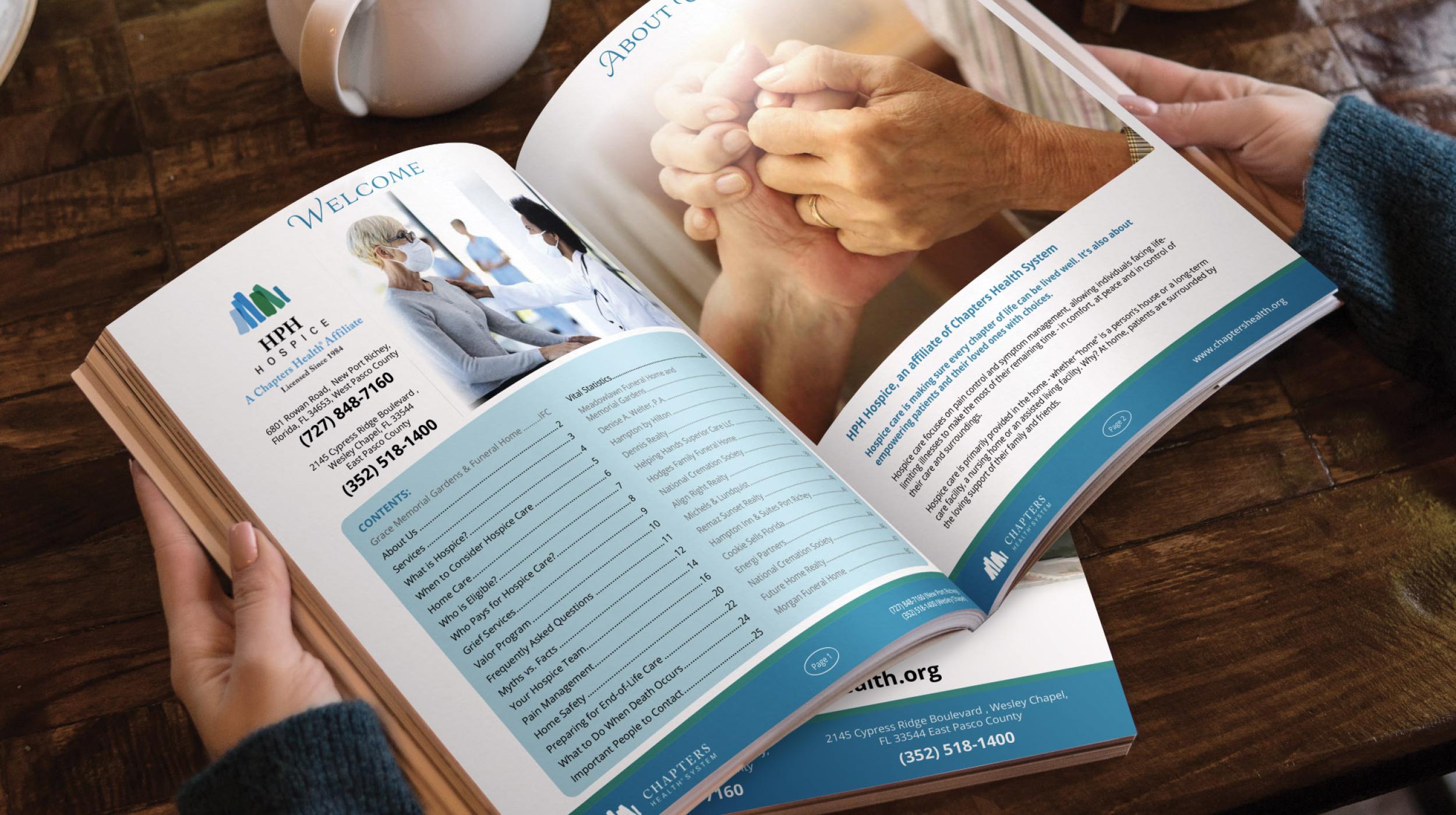Addressing and overcoming the Number 1 barrier to hospice.
People still do not know what hospice is. Hospice providers need to act now! In our latest blog we look at this perennial challenge and how we can overcome it.
INFORM – EDUCATE - ENGAGE

Despite being an essential service for people with terminal illnesses, hospice care is still relatively unknown to a significant portion of the US population. According to a 2019 study by the National Hospice and Palliative Care Organization, only 30% of Americans have a clear understanding of what hospice care entails. In this blog post, we will explore some reasons why hospice care remains obscure and suggest some strategies that hospice providers can employ to increase awareness.
Lack of public education. One major reason many people are unaware of hospice care is the lack of public education on the subject. Unlike other healthcare services that receive ample media coverage, hospice care is rarely discussed in the mainstream media. Additionally, many people assume that hospice care is only for the dying, which is not entirely accurate. Hospice care is also beneficial for patients who have a life-limiting illness, and there is no time limit for when someone can enroll in hospice care. Hospice providers can take steps to educate the public through social media, public outreach campaigns, and community events.
Misconceptions about hospice care Another challenge that hospice providers face is the presence of misconceptions about hospice care. Many people believe that hospice care is expensive or that it means giving up on treatment. While hospice care is typically covered by Medicare, Medicaid, and most private insurance plans, it is not a costly service. Furthermore, hospice care does not mean that the patient will stop receiving treatment. Instead, hospice care focuses on providing comfort, managing symptoms, and improving the quality of life for the patient. Hospice providers can help dispel these misconceptions by providing accurate information about the service.
Limited referrals from healthcare providers. Another reason why many people are unaware of hospice care is that healthcare providers often refer patients to hospice care too late in their illness. Research has shown that earlier referrals to hospice care led to better outcomes for patients, including improved quality of life and increased survival rates. However, healthcare providers may not be familiar with the benefits of hospice care, or they may be hesitant to discuss hospice care with their patients. Hospice providers can overcome this challenge by working with healthcare providers to educate them on the benefits of hospice care and the appropriate time to refer patients.
Stigma associated with death and dying Lastly, the stigma surrounding death and dying is a significant barrier to the awareness of hospice care. Many people are uncomfortable discussing death and dying, which can make it difficult to discuss hospice care with them. Additionally, some culture's view hospice care as a form of giving up or abandoning their loved ones. Hospice providers can address these stigmas by providing culturally sensitive care, educating families and caregivers, and offering emotional support to patients and their loved ones.
In conclusion, hospice care remains unknown to many Americans due to a lack of public education, misconceptions about hospice care, limited referrals from healthcare providers, and the stigma associated with death and dying. However, hospice providers can overcome these challenges by educating the public, dispelling misconceptions, working with healthcare providers, and providing culturally sensitive care. By doing so, they can help ensure that more people have access to the vital services provided by hospice care.
Collaborating with Partner Plus Media – at Zero Cost to you will provide you with the tools to combat and overcome the lack of education surrounding hospice and enable you to reach those in need, further upstream, while putting your brand front and center in the conversation.
INFORM – EDUCATE - ENGAGE



